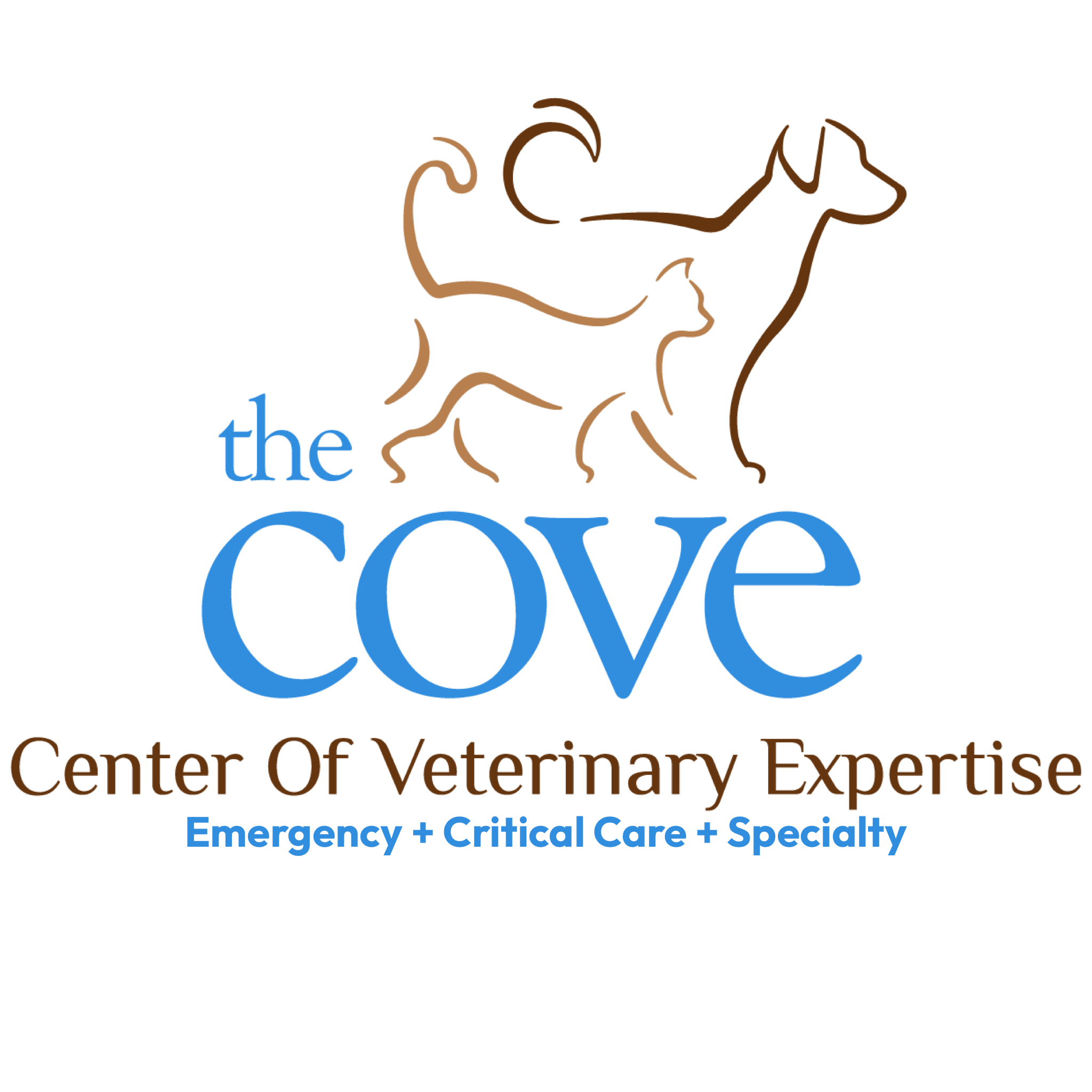Canine parvovirus, also known simply as “parvo,” can strike fear into the hearts of puppy owners and veterinary teams alike – and with good reason. This highly contagious disease causes a great deal of suffering in affected pets and can unfortunately be fatal.
Fortunately, prevention is possible. To help you protect your puppy, and to help get care as soon as possible if they are infected, let’s review what you should know about this deadly but preventable disease.
What Is Canine Parvovirus?
Parvo was discovered in the 1970s and is caused by a highly contagious virus, the canine parvovirus type 2 (CPV-2). The virus is extremely hardy, resisting heat, cold, dryness, and humidity, and it can survive in the environment (with no “host”) for months to years. The virus is transmitted through fecal matter, so contact with even trace amounts – such as walking through grass where infected matter once was – can lead to infection. Unvaccinated adult dogs and puppies younger than 4 months of age are most susceptible.
How Does Parvo Affect Dogs?
Parvovirus causes severe gastrointestinal illness. The virus attacks the cells in the small intestine, causing vomiting and diarrhea, which can lead to dehydration and eventually shock. The damage to the small intestines can also allow toxins to enter the bloodstream, leading to a condition known as sepsis. To make matters worse, the virus also attacks bone marrow, where white blood cells that fight infection are produced. This inhibits the dog’s natural immune response.
Signs of parvo often appear within five to seven days of exposure. Early symptoms may be non-specific, such as lethargy, depression, lack of appetite, and fever. The disease progresses rapidly, with severe bloody diarrhea and vomiting occurring within 24 to 48 hours of the first signs of illness.
How Is Parvo Diagnosed?
Immediate, aggressive intervention is needed to help infected dogs survive. Here at The COVE, we do a complete physical exam and collect a swab from the dog’s rectum to perform an enzyme-linked immunosorbent assay (ELISA) test to look for antibodies, which can confirm a diagnosis of parvo. Though the ELISA test is relatively accurate, it can sometimes produce a false positive or a false negative result, so further testing may be recommended depending on clinical signs.
Veterinarians may also rely on polymerase-chain reaction (PCR) tests to confirm a diagnosis of parvo. These are specialty tests that must be sent to a laboratory, so results typically take a few days.
How Is Parvo Treated?
There is no cure for parvo, but our team at The COVE can provide lifesaving supportive care and help manage symptoms. Treatments may vary depending on the severity of your dog’s illness.
Dogs with parvo are typically hospitalized and given IV fluids to avoid the dehydration that can occur from intense vomiting and diarrhea. Aggressive medical therapy is necessary to help the immune system fight off the infection, and anti-diarrhea and anti-nausea medications are also often used. A blood transfusion may be needed to replace depleted white blood cells.
How Can I Prevent Parvo?
With early and aggressive treatment, dogs with parvo can survive, however it’s a lengthy and expensive endeavor. Prevention of the disease is preferable, and dogs and puppies can be protected with simple steps:
- Vaccination: The CPV vaccine is very effective at preventing parvo and is considered a core (critical) puppy vaccine. It is given during a puppy’s initial vaccine series from the time a puppy is 6 weeks until 16 weeks of age. A booster is given at 1 year of age, and dogs may need booster shots every one to three years after that.
- Avoid potentially contaminated areas. Hiking trails, dog parks, and backyards can harbor the virus, so it’s important to avoid taking your puppy to places frequented by other dogs until they can be fully vaccinated after 16 weeks of age. Don’t allow your puppy or dog to investigate feces, and clean up any feces in your yard right away.
If your dog does develop parvo, in addition to getting them immediate veterinary treatment, you’ll need to take action to avoid spreading it to other dogs. Unvaccinated dogs who are experiencing vomiting and diarrhea should be isolated to avoid infecting vulnerable dogs. Items such as bowls, leashes, bedding, and toys can harbor the virus long after an outbreak, so either discard or rigorously clean them. Household cleaning products are not effective, but the virus has shown some susceptibility to bleach.
Canine parvovirus is a foe you don’t want your dog to battle, so preventing infection with vaccination is their best defense. If your puppy does show signs of parvo, please call our 24/7 emergency service or your pet’s primary veterinarian right away. We are here to help.
About Us
The COVE’s veterinarians and staff wholeheartedly embrace the core values of community, collaboration, commitment, compassion, and integrity. This focus ensures that pets, the people who love them, and their primary care veterinarians have as positive and affirming a healthcare experience as possible, regardless of the circumstances that bring us all together.
